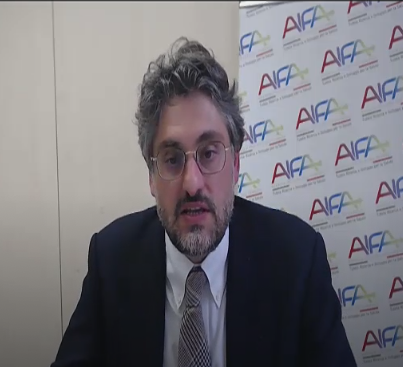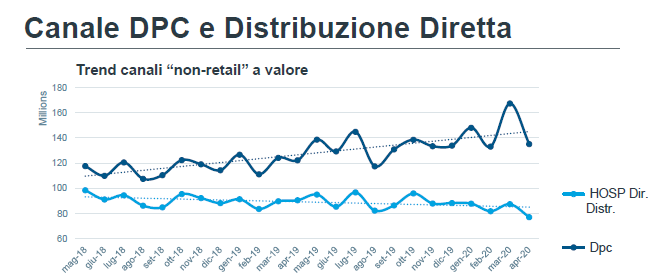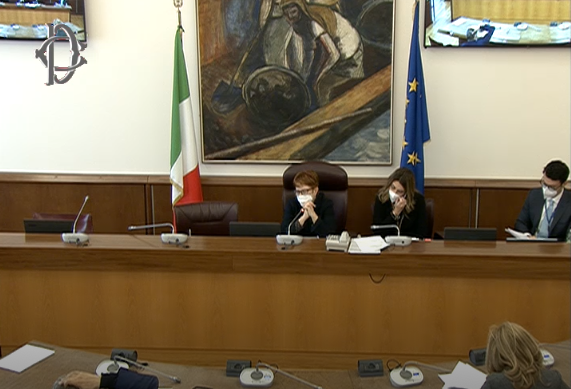Negli ultimi anni “è stato riscontrato uno spostamento” della distribuzione dei farmaci attraverso il canale per conto, cioè tramite le farmacie convenzionate, “a svantaggio della distribuzione diretta”, ovvero quella che 
As Francesco Trotta, dirigente Ufficio Monitoraggio della spesa farmaceutica dell’Agenzia italiana del farmaco (Aifa), durante l’audizione in Commissione Affari sociali della Camera, nell’ambito dell’indagine conoscitiva su ‘distribuzione diretta’ e ‘per conto’. “La distribuzione diretta e la distribuzione per conto”, ha spiegato, “hanno un valore complessivo in termini economici di oltre 8 miliardi, che corrispondono ad acquisti fatti dal Servizio sanitario nazionale, e presentano una diffusione eterogenea sul territorio.
Ci sono regioni che hanno una distribuzione diretta spinta, tra cui è evidenziata l’Emilia-Romagna, in cui arriva a un’incidenza del 90% sul totale”. Per renderle comparabili, ha proseguito, bisogna concentrarsi sulla distribuzione diretta di fascia A (ovvero farmaci non somministrati direttamente in ospedale, che sono invece 
La distribuzione per conto, invece, vale circa 2,1 miliardi e comprende, ad esempio, “nuovi anticoagulanti orali, antidiabetici, immunosoppressori e alcuni antitumorali”. Al momento, ha concluso l’esperto Aifa, “non ci sono evidenze di una differente compliance, o aderenza del paziente alla terapia, rispetto alle due modalità di distribuzione, ma vogliamo condurre approfondimenti specifici per capire se la modalità di erogazione possa influenzare, in un modo o in un altro, l’aderenza al trattamento prescritto”.
(Regioni.it 4246 – 01/03/2022)
___________________________
Nello Martini in the Chamber: this is why some Regions "inflate" direct and dpc
In 2020, explained the former AIFA dg, the dpc generated an expenditure of around two billion, for an average cost per pack of 40 euros. «Among the medicines that are distributed through this channel» he told the Commission «there are several class A medicines intended for the treatment of chronic pathologies, which therefore would be more correct to place in the circuit of the affiliated company.
Why then are they distributed on account? Primarily for savings, the Local Health Authorities buy them from the industry at a discounted ex-factory price of at least 50%». But, warned Martini, there is also another convenience that pushes to keep drugs in the dpc that would be more appropriate to place in the channel of the agreement: «Standing in the dpc, these medicines are loaded on the expense for direct purchases, where every breakthrough is half covered by industry; the agreed expenditure is thus kept low and the leftovers remain in the availability of the individual Regions ».
In essence, the mechanism would allow the Regions to "penetrate" the pharmaceutical expenditure that passes through local pharmacies, money which would then be used for other items rather than for pharmaceutical assistance. But, warned Martini, la dpc is an outdated and no longer sustainable model, because it generates inequalities and unloads an increasingly less justifiable social cost on patients.
«It is right to maintain direct distribution for highly complex drugs that require drug control
Instead, Martini said again, it would be a mistake to insist on the dpc in the hope perhaps of bringing all the live drugs that no longer require monitoring in a protected environment to this channel. Thus, in fact, the pharmacy would be relegated to a sort of distribution "contractor" which would devalue its role and potential. Instead, the most appropriate destination of drugs whose use has by now been "territorialized" (Martini cited incretin and Nao as an example) is the affiliated circuit, also for reasons of fairness: «It is not clear why in Emilia In Romagna the diabetic must go to the hospital to get the drug he needs and in Lombardy instead at the pharmacy », he remarked. "The discretion left to the Regions has created disparities", Martini said clearly, "equity of access must be the bar for reorganizing the system". So enough with different distribution lists from one Region to another and with different fees to pharmacies for the dpc. "The differences must be overcome" concluded Martini "which create enormous inconvenience for patients". We await the reply of the Regions.
_______________________________
Rings (FNOMCeO): also involve the Houses of Community in the dispensation
"The current rules were born with the aim of improving the equity of access to care" recalled Anelli at the beginning of his speech. "Unfortunately, not all the Regions have fully believed in this mechanism and direct and/or on behalf distribution is applied patchily and in different ways on the territory".
Related news:
Pharmaceutical expenditure, Aifa presents the new Report: "In the first 10 months of 2021 hospital expenditure exceeds the ceiling of 1.6 billion"
In the first ten months of 2021, the pharmaceutical expenditure calculated net of the discounts, the total sharing and the pay-back paid to the Regions by the pharmaceutical companies, is quantified at 6,268.9 million euros. This is the figure that emerges from the AIFA report for the January-October period.
There was a decrease, compared to the same period of the previous year, of -62 million euro. On the contrary, consumption, expressed in number of recipes (455.7 million recipes), shows a slight increase (+1.6 %) compared to 2020, while the incidence of the total ticket is slightly reduced (-1.6%) .
As regards the regional agreed expenditure, supported through the payment of the summary accounting slip to private and public territorial pharmacies, the report shows that the regions with the greatest percentage decline are Sardinia (-5.9%), Molise and Valle d'Aosta (-4.1%) and the Autonomous Province of Bolzano (-2.9%).
